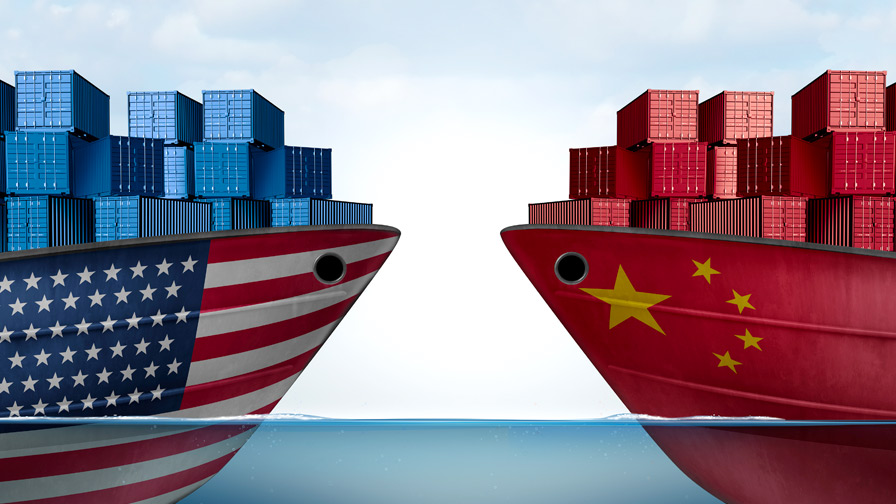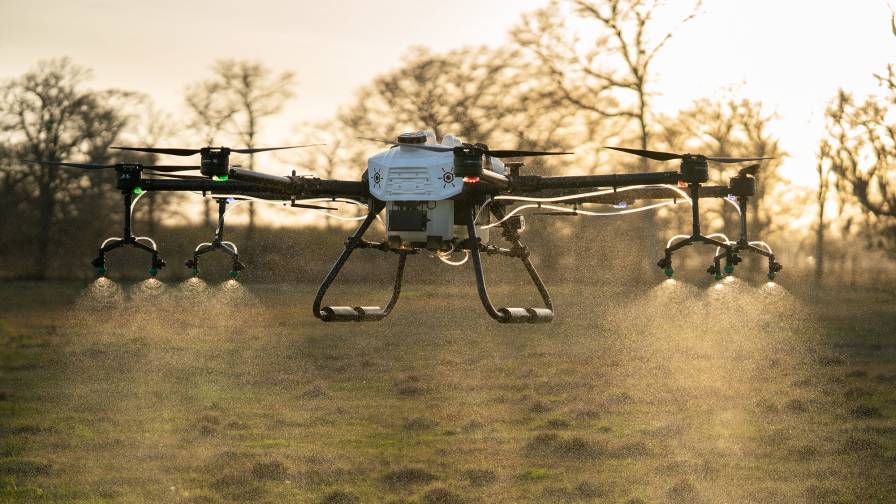AgriBusiness Global Trade Summit: 6 Ways China Is Strengthening Trade With Other Countries
While China manufacturers might be in the hot seat for oversupply in the global crop protection market, the country has made some good moves to strengthen its position in worldwide trade.
-

-
1 of 25
Trade-Summit-2024-Orlando-group-photo-2

From left to right: Brian Scott, Custom Agronomics, Brian Pike, and Floyd Trujillo at the Rainbow Agrosciences LLC exhibit booth.
-
2 of 25
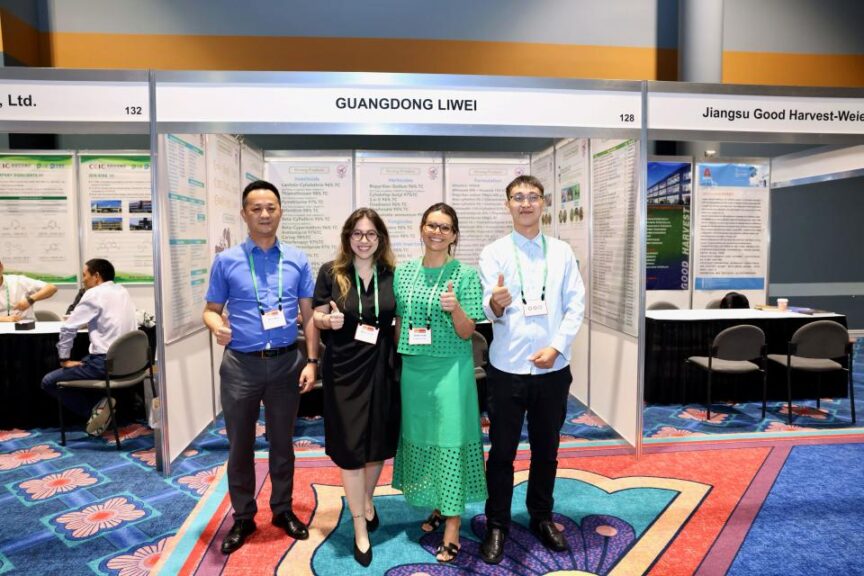
Mike Ming, Alana Garcia, Juliana Leao, and other attendees visiting the Guangdong Liwei exhibit booth.
-
3 of 25
Trade-Summit-2024-Orlando-493

Attendees networked with top industry professionals, exchanging insights and ideas to navigate the upcoming year.
-
4 of 25

Alexandre Quesada Pinheiro Chagas, Executive Director, SmartTox shares key developments expected in Latin American regulations during his presentation "LATAM Regulatory Changes: Preparing for 2024 and Beyond."
-
5 of 25
Trade-Summit-2024-Orlando-292
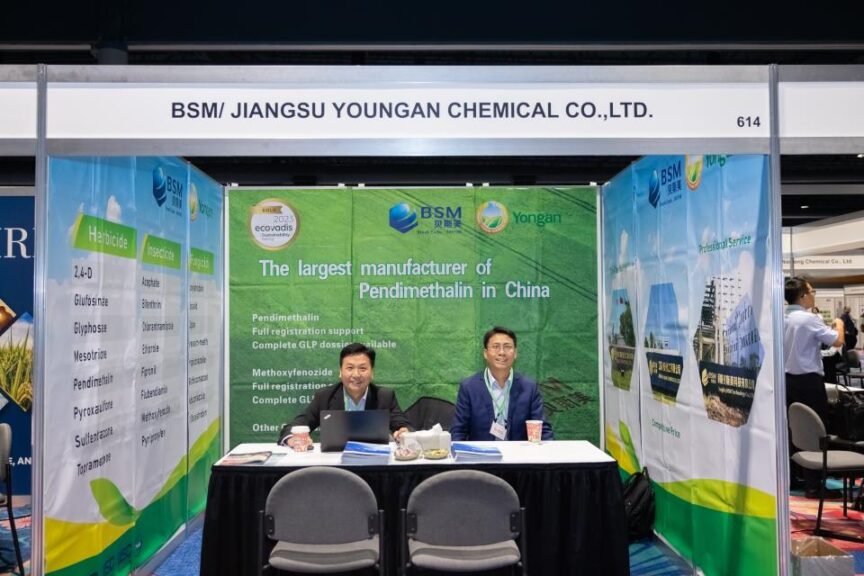
Representatives ready to do business at the BSM/Jiangsu Youngan Chemical Co., Ltd. exhibit booth.
-
6 of 25

Attendees exploring products, meeting with exhibitors, and developing new business opportunities during this dedicated time for meetings, networking, and business development in the exhibit hall.
-
7 of 25
Trade-Summit-2024-Orlando-group-photo-8

Aaron Xu (left) and Roger Zhao (right) at the Zhejiang XinNong Chemical Co., Ltd. exhibit booth.
-
8 of 25

Attendees taking a break in the indoor park installation.
-
9 of 25

Dr. Piyatida (Tung) Pukclai, Regional Sales & Regulatory Policy Manager (Asia-Pacific), knoell, kicks off day two of the AgriBusiness Global Trade Summit sessions as she delves into the intricacies of pesticide regulation in Southeast Asia.
-
10 of 25
Trade-Summit-2024-Orlando-502

Attendees seizing the opportunity to forge meaningful connections with industry experts to pave the way for future collaborations.
-
11 of 25
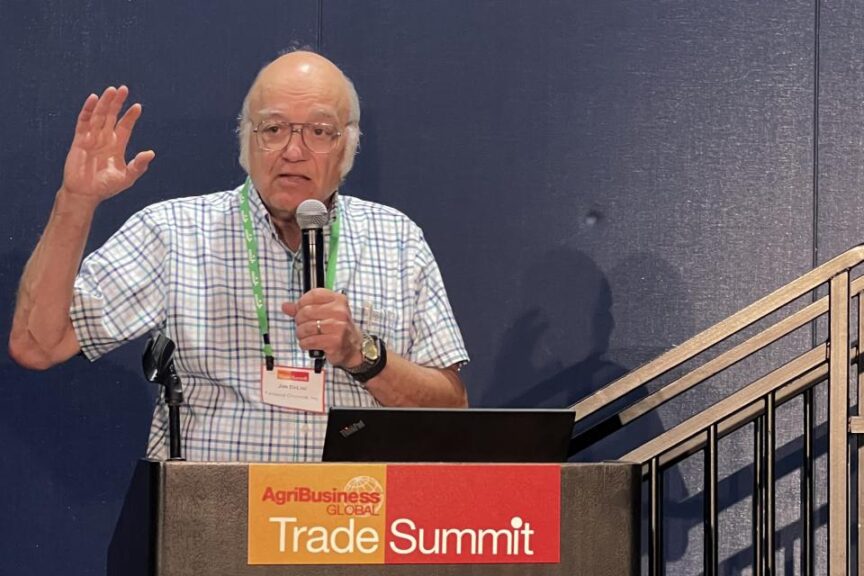
Jim DeLisi, President of Fanwood Chemical, Inc. explores important trade issues including the 2,4 D dumping, Harris versus Trump second term trade agendas, and the results of the 301-tariff review during his presentation, "Trade, Politics and Lawsuits: Issues Effecting Global Trade."
-
12 of 25
Trade-Summit-2024-Orlando-434

Attendees diligently take notes and absorb valuable insights from industry experts during the panel discussions, gaining knowledge that will influence their strategies and decisions for the upcoming months.
-
13 of 25
Trade-Summit-2024-Orlando-567
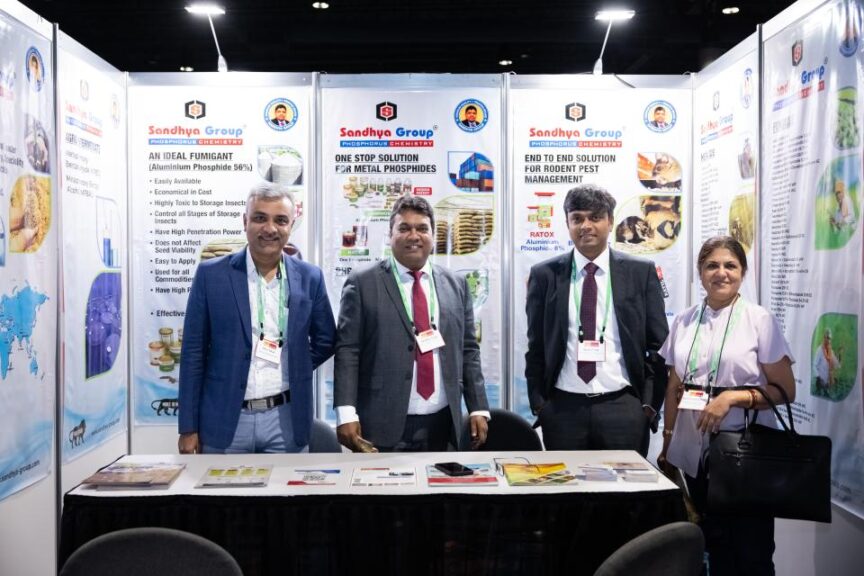
From left to right: Hiren Shah, Aimco Pesticides Ltd; Representative for Sandhya Group; Snehal Patel; and Aparna Deshpande Bhasin, Pesticides Manufacturers & Formulators Association of India (PMFAI) at the Sandhya Organic Chemical PVT LTD exhibit booth.
-
14 of 25
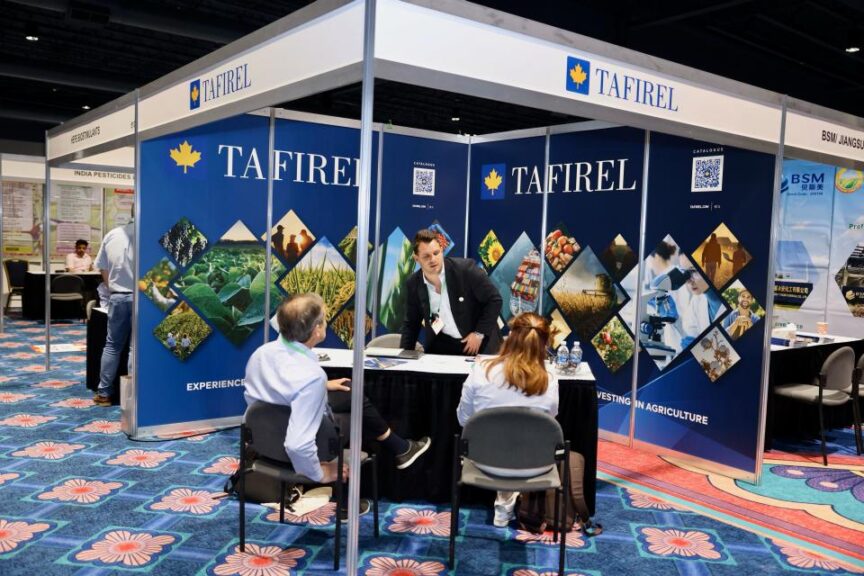
Attendees visit the Tafirel exhibit booth to network and make new business connections.
-
15 of 25
Trade-Summit-2024-Orlando-586

Daniel Luciano (right) and Jamie Richards (left) at the Aanika Insurance Services exhibit booth.
-
16 of 25
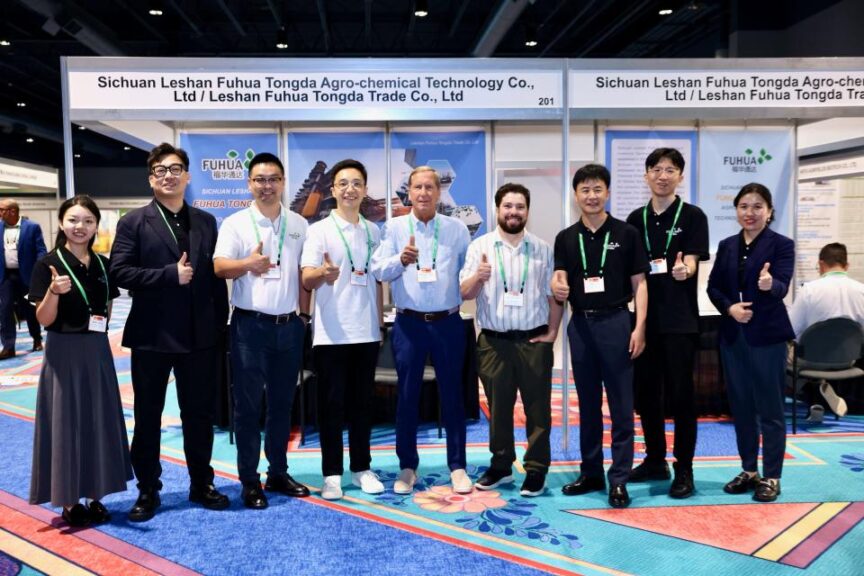
Attendees visiting the Sichuan Leshan Fuhua Tongda Agro-chemical Technology Co., Ltd/Leshan Fuhua Tongda Trade Co., Ltd. exhibit booth.
-
17 of 25
Trade-Summit-2024-Orlando-group-photo-16 (1)

From left to right: Beatriz Damm, Agricultura Nacional; Martin Fueyo, Agricultura Nacional; and Luis Xavier Quijano, Agricultura Nacional connecting in the exhibit hall.
-
18 of 25
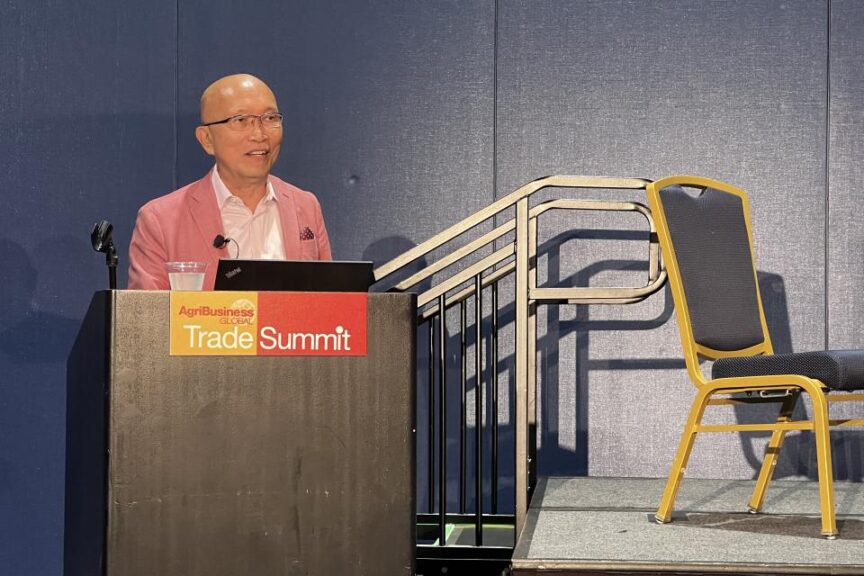
CS Liew, Managing Director, Pacific Agriscience Pte. Ltd., concludes the 2024 Trade Summit sessions as he shares strategies and insights for achieving the best results in a merger and acquisition deal.
-
19 of 25
Trade-Summit-2024-Orlando-500

Attendees making business deals with an exhibitor.
-
20 of 25
Trade-Summit-2024-Orlando-574

Dennis Lu (left) and guest at the Shenzhen Baocheng Chemical Industry Co., LTD exhibit booth.
-
21 of 25
Trade-Summit-2024-Orlando-588

From left to right: Jerry Lee, Sunny Lee, and Zhang Peng at the TrustChem Co. Ltd. exhibit booth.
-
22 of 25
Trade-Summit-2024-Orlando-474

Attendees exchanged insights and ideas to strengthen their professional networks.
-
23 of 25
Trade-Summit-2024-Orlando-453 (1)

Abhijit Bose, Chief Marketing Officer, Tagros Chemicals Pvt Ltd India networks with attendees after the afternoon panels.
-
24 of 25
Trade-Summit-2024-Orlando-group-photo-13
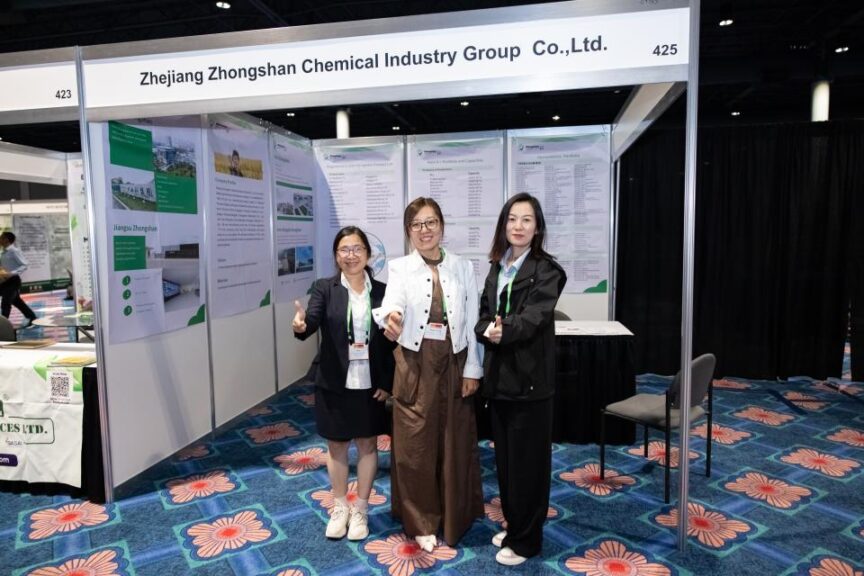
From left to right: Ada, Zhejiang Zhongshan Chemical Industry Group Co., Ltd.; Sadie Wang, Feidoodoo Cross-border E-Commerce (Jinan) Co., Lrd.; and Rebecca, Zhangye Dagong Pesticide Chemistry Co., Ltd. at the Zhejiang Zhongshan Chemical Industry Group Co., Ltd. exhibit booth.
-
25 of 25
Trade-Summit-2024-Orlando-group-photo-37
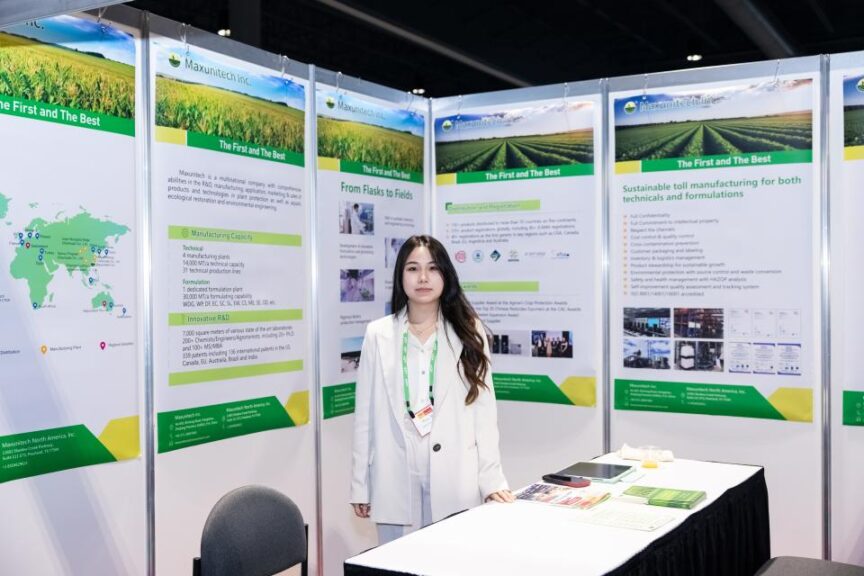
Tina Ma at the Maxunitech Inc. exhibit booth ready to make connections at the AgriBusiness Global Trade Summit 2024 on 8 August.
View all
Trade-Summit-2024-Orlando-group-photo-2


Trade-Summit-2024-Orlando-493


Trade-Summit-2024-Orlando-292
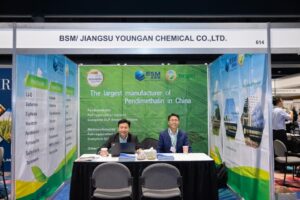

Trade-Summit-2024-Orlando-group-photo-8



Trade-Summit-2024-Orlando-502


Trade-Summit-2024-Orlando-434

Trade-Summit-2024-Orlando-567


Trade-Summit-2024-Orlando-586


Trade-Summit-2024-Orlando-group-photo-16 (1)


Trade-Summit-2024-Orlando-500

Trade-Summit-2024-Orlando-574

Trade-Summit-2024-Orlando-588

Trade-Summit-2024-Orlando-474

Trade-Summit-2024-Orlando-453 (1)

Trade-Summit-2024-Orlando-group-photo-13

Trade-Summit-2024-Orlando-group-photo-37
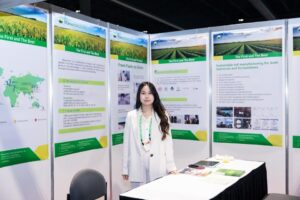
Jim DeLisi, President of Fanwood Chemical, shared insight into China’s actions in his presentation “Trade, Politics, and Lawsuits: Issues Effecting Global Trade” at the AgriBusiness Global℠ Trade Summit on 8 August.
Here are six points as to how China is strengthening its trade with other countries and what you should be watching in the near future.
- Joined the WTO: China joined the WTO on December 11, 2001, as a developing country. There is pressure to change their status from “developing” to “developed” as China has the second largest economy in the world.
- Bilateral Investment Agreements: China has bilateral investment agreements with over 107 countries and economies, including Austria, the Belgium-Luxembourg Economic Union, Canada, France, Germany, Italy, Japan, South Korea, Spain, Thailand, and the United Kingdom. China’s bilateral investment agreements cover expropriation, arbitration, most-favored-nation treatment, and repatriation of investment proceeds.
- Free Trade Agreements (FTA): China maintains 17 FTAs with its trade and investment partners and is negotiating or implementing an additional eight FTAs. FTA partners are ASEAN (Brunei, Cambodia, Indonesia, Laos, Malaysia, Myanmar, the Philippines, Singapore, Thailand, Timor-Leste, and Vietnam), Korea, Pakistan, New Zealand, Chile, Peru, Costa Rica, Iceland, Switzerland, Maldives, Mauritius, Georgia, South Korea, Australia, Cambodia, Hong Kong, and Macao.
- Regional Comprehensive Economic Partnership (RCEP): In November 2020, China and 14 other countries signed the RCEP, which China ratified in early 2021. The RCEP is a free trade agreement among the Asia-Pacific nations of Australia, Brunei, Cambodia, China, Indonesia, Japan, South Korea, Laos, Malaysia, Myanmar, New Zealand, the Philippines, Singapore, Thailand, and Vietnam. The 15 member countries account for about 30% of the world’s population (2.2 billion people) and 30% of global GDP ($29.7 trillion), making it the largest trade bloc in history.
- Brazil FTA: China has an FTA with Brazil that includes provisions to trade in Yuan.
- Belt & Roads Initiative (BRI): The BRI gives China inside access to many countries, especially numerous least developed countries.
Other speakers on day two included CS Liew, Managing Director, Pacific Agriscience Pte.Ltd, Dr. Piyatida (Tung) Pukclai, Regional Sales & Regulatory Policy Manager (Asia-Pacific), knoell, and Alexandre Quesada Pinheiro Chagas, Executive Director, SmartTox. View the slideshow above for highlights.
Get The Newsletter Today!

Update
Renee Targos, as Editor of AgriBusiness GlobalTM Direct magazine, leads in content development, event programming, and managing the ABG Board of Advisors and strategic growth of the magazine. Renee’s professional experience covers more than two decades of national and international digital and print content development, editing, and journalism. She received a bachelor’s degree from Southern Illinois University and continued her education with master’s level courses in business administration and behavioral analysis. Renee has served as a board member for several Arizona-based non-profits and government commissions. See all author stories here.




